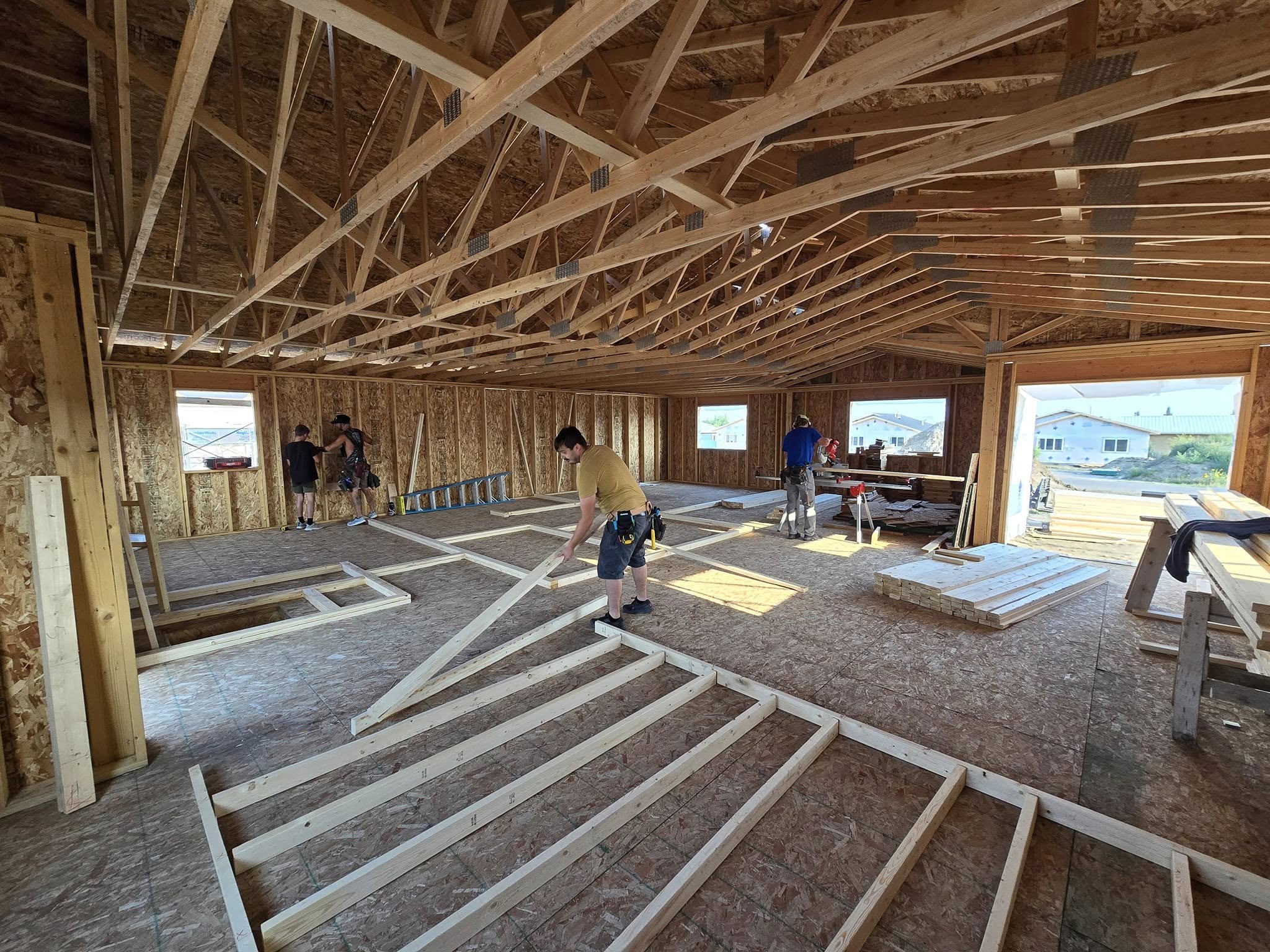Since few writers have mused so far on this blog about the results of last week's elections, I may as well take a shot at it. Living in a rural area, I surely have had a different real world experience than urban bloggers. I had lived in urban and suburban areas around Boston for most of my life before I relocated to Central Virginia three years ago. When elections come around here, I see signs and hear conversations that I never came across before, and these support the notion, espoused by some commentators after the election, that “red” and “blue” voters have remarkably different perspectives on the same reality.
In this area, except for in the suburban outskirts of Richmond, and within the boundaries of Charlottesville, a college town, signs for Obama and U.S. Senate candidate Tim Kaine were very hard to find. The Republican candidates' signs, by contrast, were everywhere, and they were three times larger than the Dems'.
In conversations a day or two before the election, I heard people saying that they knew many others who were out of work, and that high gas prices were becoming a real problem. They perceived that Romney would help in both areas, where Obama has not. My own perception was that the number of jobless could be traced to a problem that started during the Bush years, and that the price of gas was not set by the president. But I kept my thoughts to myself, because these were not exactly rallying responses.
How is that rural and urban voters can have such different reactions to the same facts on the ground? Here is one small part of the answer: urban voters increasingly have access to mass transit or even bike paths and do not need to spend a lot on gas. Rural voters, on the other hand, must live what is essentially a suburban lifestyle in which they drive to work, to school to pick up their kids, to after school activities in some third location, and so on. All of which costs tremendously at the pump. Jobs in urban areas are a problem these days, but not like they are in rural areas. Rural people have always had to travel far from home for work. That didn't change in the last four years, nor did the relative bite that gas takes from their wallets.
In Virginia, and perhaps in many other states, rural communities are trying to direct their new population and business into growth areas, to keep the countryside looking as it always has. Good policy, generally. But some voters perceive that the current administration in Washington is anti-rural, in its support for this movement toward urban centers. There's even a fringe group on the right that believes that the left thinks that everyone, including long-time rural dwellers as well as newcomers, should move to the growth areas.
Perhaps what some on the left intend as a progressive “solution” is understood instead as a conspiracy against the rural way of life, driving more Red Staters to vote for the red side.
[Map by Mark Newman of U. Michigan, CC BY. See more of his variations on the election 2012 maps here.]




This mirrors my experience in rural Maine. I would add that in Maine there is a strong “home rule” sentiment that is in some conflict with efforts to do the sort of planning which would support more concentrated development. People want to be able to use their property without restrictions, and don’t recognize any benefit from planning. At the same time, I think they’re unrealistic about what it takes to create job opportunities in the 21st century economy. It’s tough to create strong local economies without some sort of planning, especially in towns that lack high amenity locations near lakes or mountains, or easy access to urban job centers.
Mr. Holtzman:
Somewhat like you a few years ago I moved from a very Blue Urban New Jersey to work in very Red Central/Rural Florida. Where incomes are weak and costs of gas can wreck a budget and lack of work can be considered tantamount to a death sentence.
However, though there are legitimate economic concerns in the so-called Red States I am deeply troubled that the contours of the Red States too closely follow the borders of the former Confederate States of America and those states and former territories, which were sympathetic to the Slave trade.
I have also be bothered that the disrespect shown to President Obama during his first term evidenced a deep seeded bigotry indicative of the American “Birth Defect” of race based slavery. Apparently the residents of the so-called Red States cannot see a half-white man as President and fall-back on the dicta of the Dred Scott decision, which stated that there are no rights in a Black man which a White man is bound to respect.
Since moving to the South I have been uncomfortable with the signs of Klan sympathy and white supremacy being so clearly evident. Though the North is not free from bigotry, only in Boston have I been called a N——-.
Now the call for secession, though by a relatively few, and thought laughable by many reflects this deep seeded racism & is troubling in that it may encourage some extreme & dangerous behavior by some White Supremacist groups to attempt to precipitate violence to further their twisted agendas.
In any event this is a late response to your article but I think that there is much to support your contention that those who espouse Red and Blue positions view the world differently.
Respectfully,
T. Roberts